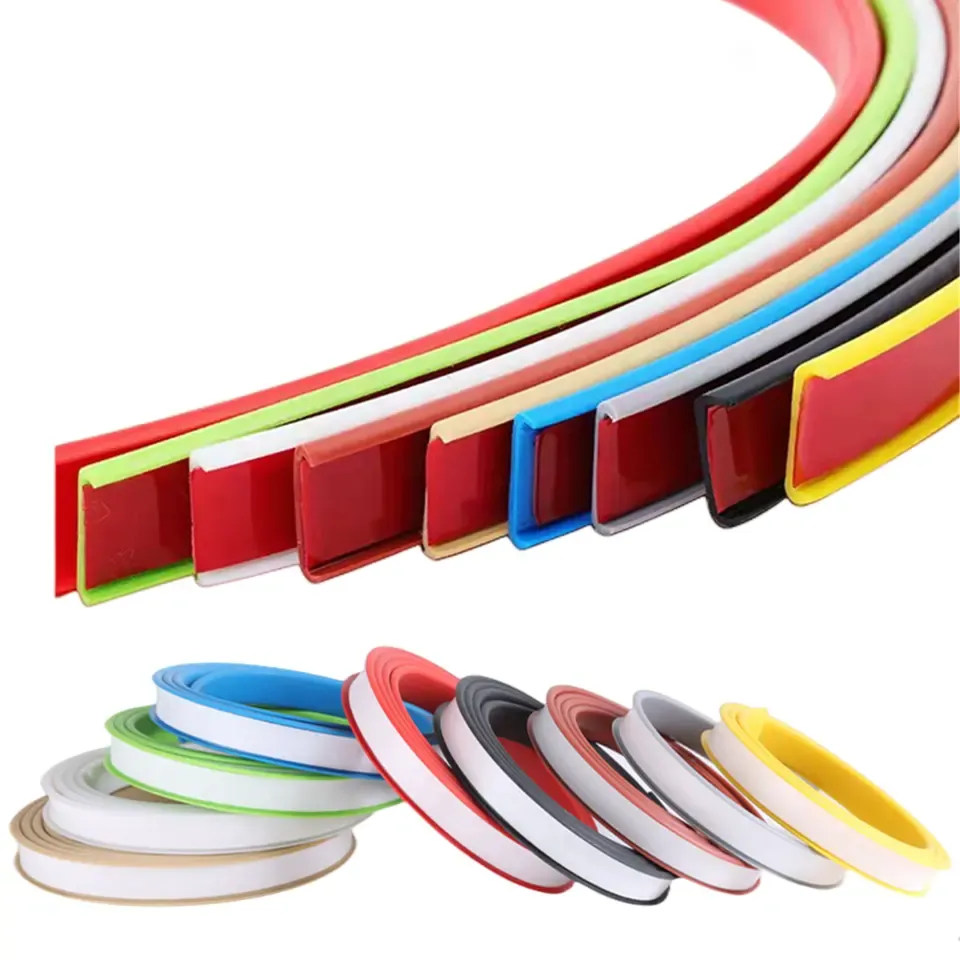Durable and Stylish Furniture Edge Strips for Home Improvement Projects
The Importance of Furniture Edging Tape Enhancing Aesthetics and Durability
In the realm of furniture design and maintenance, one often overlooked yet essential element is edging tape. Specifically, furniture edging tape plays a pivotal role in creating aesthetically pleasing finishes while providing protection to furniture surfaces. This article will delve into the many benefits, applications, and considerations when using furniture edging tape, highlighting its importance in both professional and DIY projects.
What is Furniture Edging Tape?
Furniture edging tape, also known as edge banding, is a thin strip of material applied to the exposed edges of a board. Typically made from a variety of materials including PVC, melamine, and wood veneer, this tape serves to conceal raw edges of plywood, particle board, or other composite materials. With a variety of colors, textures, and finishes available, edging tape allows for customization, enhancing the overall aesthetic appeal of furniture pieces.
Enhancing Aesthetic Appeal
One of the primary reasons for using furniture edging tape is to elevate the visual aspect of furniture. Raw edges can often give off an incomplete or rough appearance. Edging tape effectively mitigates this issue by providing a smooth and finished look. Whether you are working with a modern office desk, a sleek kitchen cabinet, or custom shelving units, using the right edging tape can tie the whole design together, making the furniture look professionally crafted.
Moreover, the variety of available finishes—such as gloss, matte, or wood grain—enables designers and DIY enthusiasts to match the tape with the surrounding decor seamlessly. This flexibility contributes to a cohesive design aesthetic, making it a crucial tool in both commercial and residential environments.
Protecting Furniture Surfaces
In addition to enhancing aesthetics, furniture edging tape also serves a protective function. The exposed edges of furniture are often vulnerable to chipping, scratching, and moisture damage. By applying edging tape, you create a barrier that helps prevent these common issues. This protective aspect is particularly significant in high-traffic areas such as kitchens, schools, and offices where wear and tear can occur rapidly.
Moreover, many modern furniture edging tapes come with added durability against various elements. For instance, PVC edging tapes are not only water-resistant but also offer some resistance to chemicals, making them ideal for kitchens and workspaces. This quality ensures that the furniture remains in excellent condition for years to come, reducing the need for repairs and replacements.
Application Techniques
furniture edging tape

Applying furniture edging tape might seem straightforward, but it does require some technique for optimal results. Most commonly, edging tapes can be applied using adhesive backing, making them easy to use for DIY projects. For a professional finish, however, heat-activated edging tape can be utilized. This type of tape requires a special edge banding machine or a household iron to activate the adhesive and affix the tape securely to the edge.
Preparation is key before applying edging tape. The surface should be clean, dry, and free of dust. Once applied, trimming the edges for an even finish is crucial. This can be done with a utility knife or a specialized trimming tool that ensures a clean line.
Considerations When Choosing Edging Tape
When selecting furniture edging tape, several factors should be considered
1. Material Choose a material that suits the specific needs of your project. For instance, PVC is durable and versatile, whereas wood veneer offers a more natural look.
2. Color and Finish Match the design of your furniture and decor. Samples can be helpful to choose the best fit.
3. Width The width of the tape should be appropriate for the size of the edge being covered. Standard widths usually range from 0.5 inches to 2 inches.
4. Adhesive Type If you're opting for a heat-activated tape, ensure that you have the necessary tools for application.
Conclusion
Furniture edging tape may be small in stature but monumental in impact. It combines functionality with aesthetics, ensuring that furniture not only looks appealing but is also protected against the elements. Whether you are a professional furniture maker, a DIY enthusiast, or simply looking to maintain your household items, incorporating edging tape into your projects can significantly enhance the quality and longevity of your furniture. So, the next time you find yourself in need of a furniture upgrade or repair, consider the understated power of furniture edging tape—it’s a game changer.
-
Under Door Draught Stopper: Essential ProtectionNewsJul.31,2025
-
Garage Door Seal and Weatherstrips for ProtectionNewsJul.31,2025
-
Edge Banding Tape for Perfect EdgesNewsJul.31,2025
-
Table Corner Guards and Wall Corner ProtectorsNewsJul.31,2025
-
Stair Nose Edging Trim and Tile Stair SolutionsNewsJul.31,2025
-
Truck Bed Rubber Mats for Pickup BedsNewsJul.31,2025
-
Window Weather Stripping for Noise ReductionNewsJul.29,2025